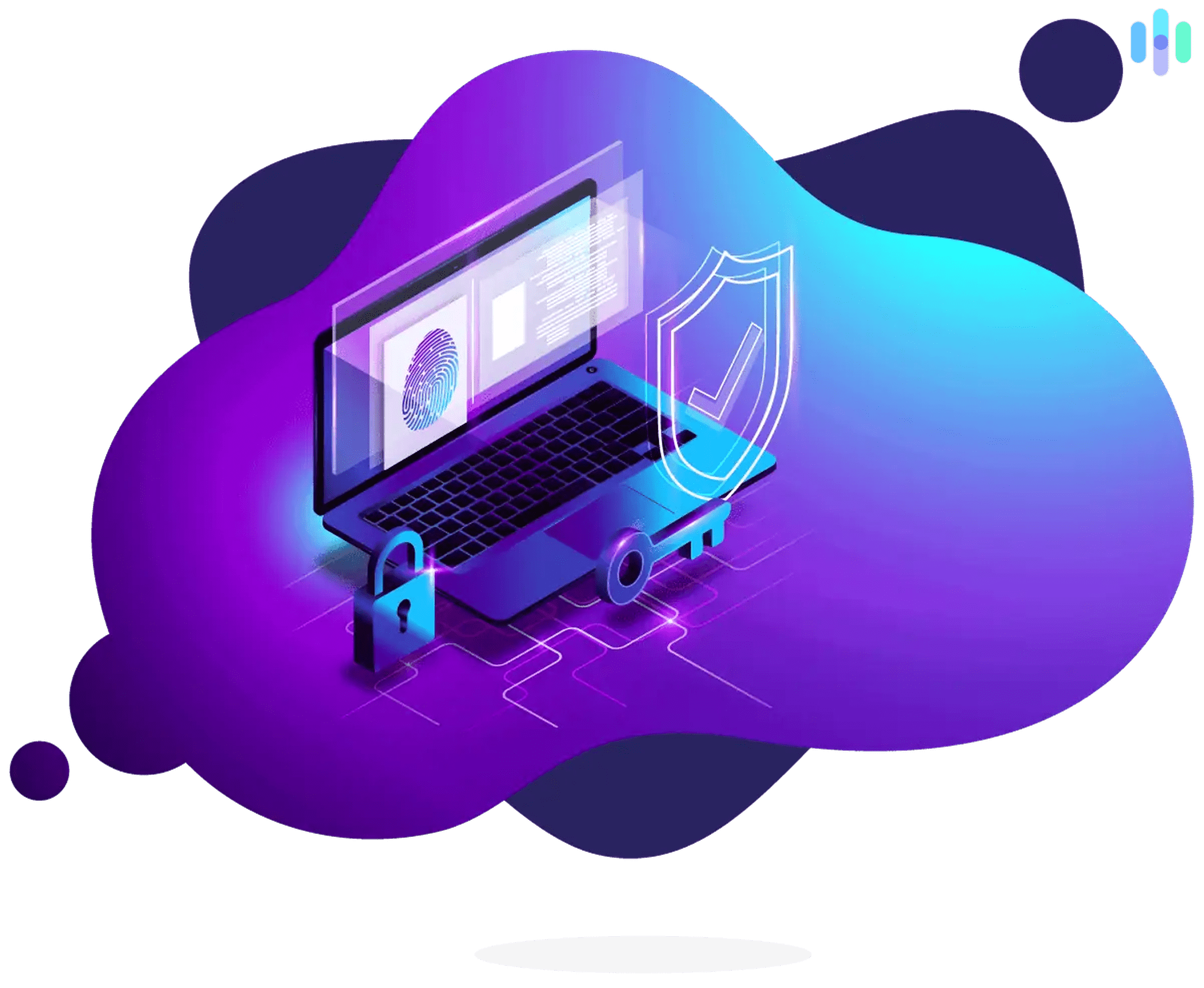
It’s no secret that online transactions come with a certain amount of risk. Whether you’re shopping online, transferring money, or even just logging into your bank account, there’s always the potential for someone to access your information and steal your hard-earned money.
Fortunately, there are a few things you can do to protect yourself from online scams and fraud. By following these simple tips, you can help ensure that your online transactions are safe and secure.
- Use a Secure Connection
When you’re entering sensitive information online, it’s important to make sure that your connection is secure. Look for “https” at the beginning of the URL, as this indicates that the site is using a secure connection. You can also check for a lock icon next to the URL, which indicates that the site is encrypted.
- Keep your Software Up-to-Date
One of the easiest ways for hackers to access your information is through outdated software. By keeping your operating system and browser up-to-date, you can help close any security gaps that might be exploited.
- Use Strong Passwords
Using strong passwords is one of the best ways to protect your online accounts. A strong password should be at least eight characters long and contain a mix of letters, numbers, and symbols. Avoid using easily guessed words like “password” or your birthdate.
- Don’t Click on Suspicious Links
Hackers often use phishing scams to trick people into clicking on malicious links. If you receive an email or message from someone you don’t know, be wary of any links that are included. And even if the message is from someone you know, double-check the link before clicking to make sure it’s legitimate.
- Use a Reputable Security Suite
Installing a reputable security suite on your computer can help protect you from online threats. Look for a suite that includes antivirus, antispyware, firewall, and intrusion detection features.
- Be Careful of Public Wi-Fi
Using public Wi-Fi can be convenient, but it also comes with some risks. When using public Wi-Fi, be sure to avoid accessing any sensitive information. If you need to access your bank account or enter a credit card number, find a secure connection first.
- Monitor your Accounts Regularly
By monitoring your accounts regularly, you can help spot any suspicious activity. Be sure to check your bank and credit card statements on a regular basis. If you see any charges that you don’t recognize, contact your bank or credit card company right away.


